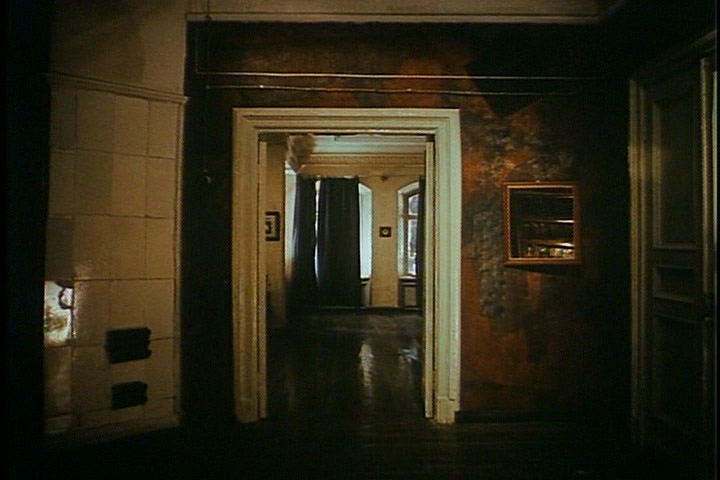
Our reaction to spaces can be explained by this empathetic process through which we imagine ourselves, when we enter a space, projected up and out into the space, searching out its fatherst dimensions. This empathetic process causes us, too, to project ourselves into the structure, which perhaps helps account for our thinking of Gothic piers as rising, rather than as pressing down into the ground as they actually do. The imagined motion, like expressed lines of streets, is likely to have a pattern of flows made up of curves rather than of angles and straight lines. Such suggested motion can flow around the outside of a curved form as well as into or through an enclosure, as the example form Ronchamp demonstrates.